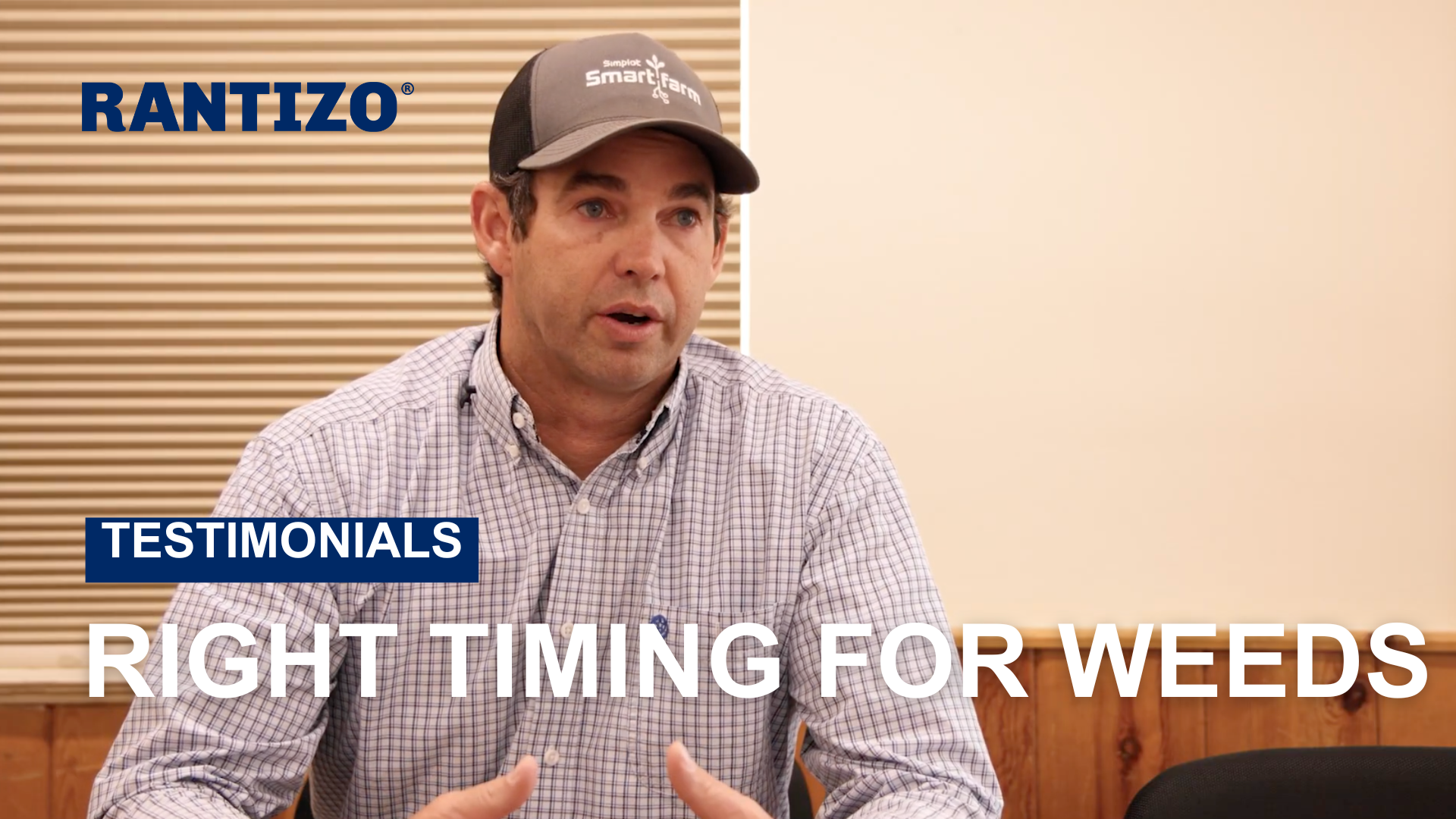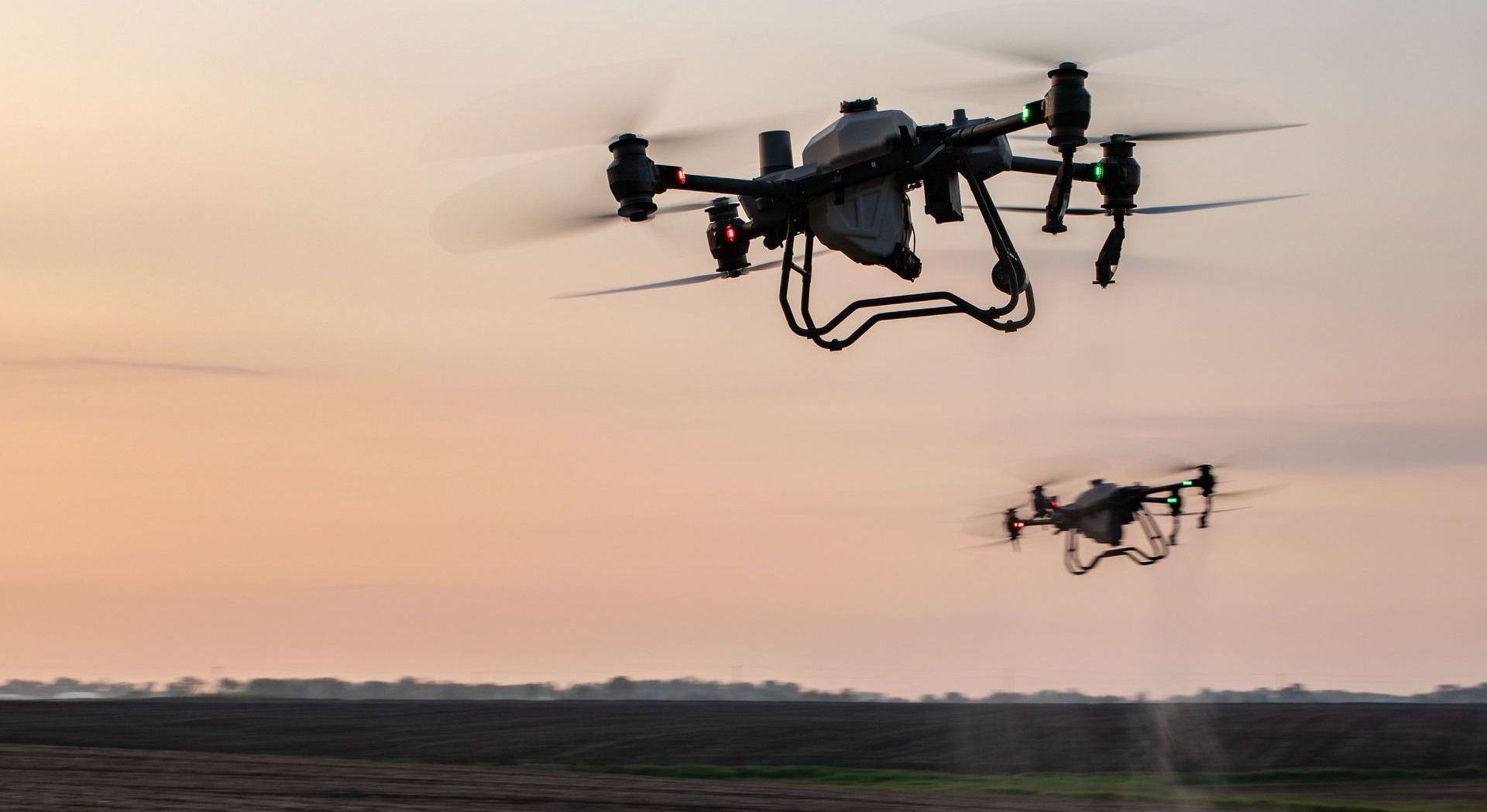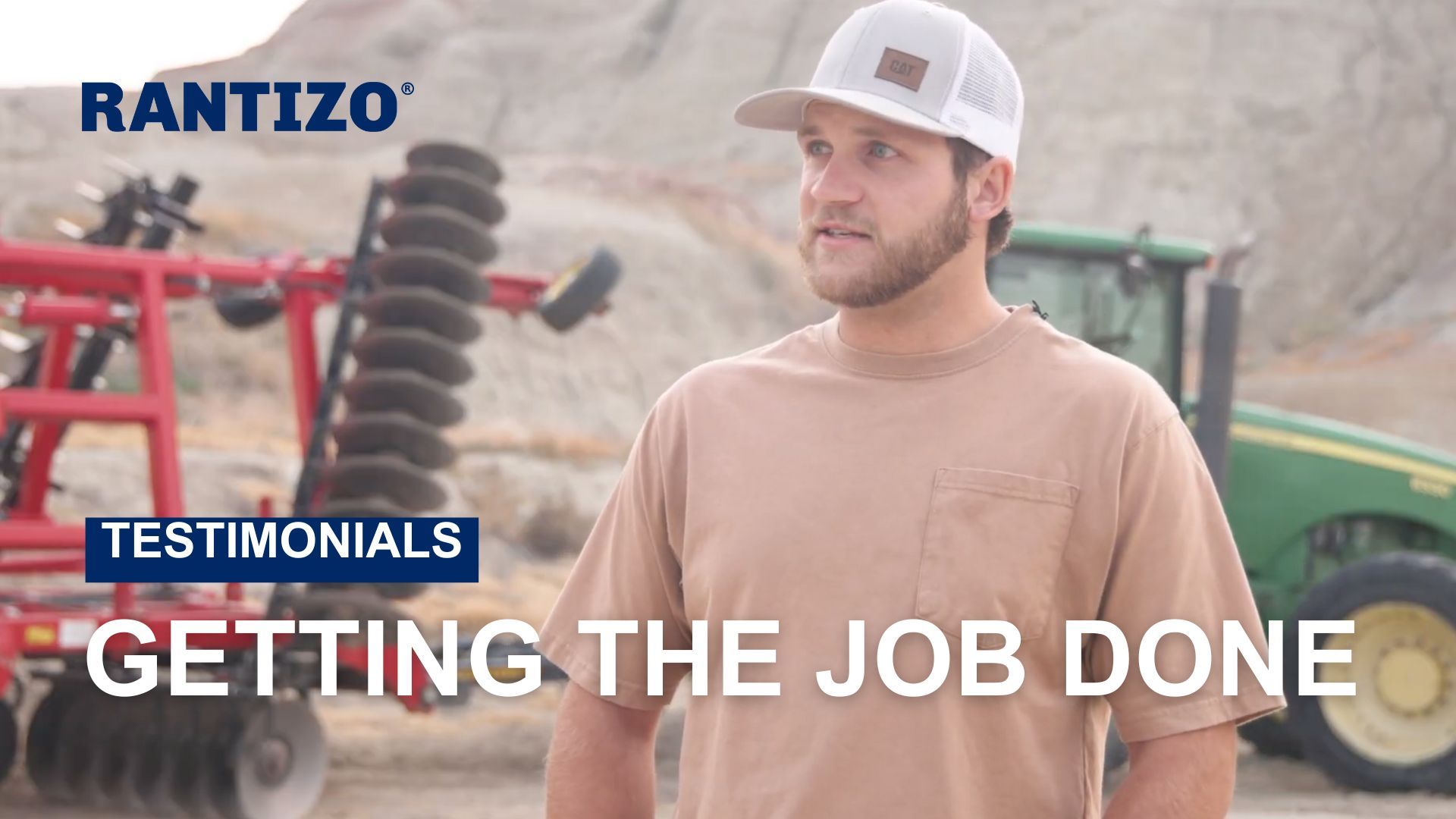RESOURCES
Considerations for Spray Drone Trailer Setups
MAXIMIZE SPRAYING TIME IN THE FIELD
As a spray drone operator, finding the most efficient setup for your operation is critical to maximizing your in-field efficiencies. Setting up your trailer to fit your needs can be a game-changer for the total number of acres sprayed in a season.
SERVICE TYPES AND REGIONAL NEEDS
Trailer setup is largely dependent on the services you are providing and region you are based in. What might work for an operator in Arkansas will be different than an operator in Wyoming.
For example: If you're spraying fungicide on corn in Iowa, you might want a double-decker trailer that's elevated for line of sight to the drone at all times. Spraying on rolling hills or a lot of uneven terrain also may warrant an elevated trailer setup. Or, perhaps you need a smaller trailer for more accessibility driving onto and parking within uniquely shaped fields.
Our regional Hub leads compiled a list of considerations and questions to ask when evaluating your spray drone trailer setup options.
YOUR BUSINESS SETUP
- Equipment needs: How many drones will you have? How many drones will you be actively using per day?
- Drone weight: Are you the sole operator, or will you have others working with you? Consider the accessibility needs for loading, unloading, and moving a spray drone out of a trailer and around for a job.
- Customer requests: How many customers will you have? What are their different application needs?
- Setup style: Would a flatbed or enclosed trailer be a better fit?
- Ongoing storage: Will you need building space to store your trailer and drone(s) throughout the year?
- Insurance: Does your trailer need insurance coverage?
THE JOB REQUIREMENTS
- Number of acres or hours sprayed: How much are you spraying in a day? How often?
- Application types: Will you be spraying fungicides, herbicides, and/or insecticides? Will you be doing any cover crop seeding? Your trailer setup should accommodate the necessary pumps, cones, and tanks for the loading and mixing of these crop inputs.
- Type of terrain: What are the landscapes you'll be spraying? Flat, hilly, or uneven ground?
- Application heights: Will you be navigating above tall corn late in the season? Or nearby trees, irrigation systems, or other potential interferences?
- Traveling distances for spray jobs: Are you going to be somewhere that will require you to lock it up?
- For example, if you're traveling longer distances for jobs and would need to park your trailer at a hotel.
- Regulatory requirements: This will vary by state and county.
- Department of Transportation (DOT) requirements: Consider the DOT requirements you may need to follow based on the weight and size of your trailer.
- Commercial Driver's License (CDL) requirements: Depending on the weight and size of your trailer, your state may require you to obtain a CDL.
- Weigh station stops: Your state also may require weigh station stops to maintain compliance with local safety guidelines and state laws.
- Federal Aviation Administration (FAA) regulations: : Following standoff distances (cannot be within 500 feet of roadways)
- Crossing state lines: Are you crossing state lines for your work? Consider the different rules and regulations that apply to that state.
IN-FIELD OPERATIONAL EFFICIENCIES
- Field location and trailer placement: How large is the job? How much will you be moving around within the field itself? Consider parking it somewhere you can park it for awhile, fly, and not have to move your setup around constantly until the job is done.
- Field accessibility: Can you park the trailer in the field? Or on the road?
- Standoff distances: Does the job require you to fly within 500 feet of a nearby roadway, ditch or potential passing vehicles? The FAA allows operators to proceed in these distances with certain stipulations, such as application experience and flying time. Follow the FAA guidelines for drones over and under 55 lb.
- Visual line of sight: Can you maintain visual line of sight to the drone during the entire operation?
- Water supply: What kind of water supply do you need? How much?
- Product application workflow: How will you organize your mixing and loading stations?
- Additional equipment: Between trailer pumps, cones and tanks, extra parts, chargers and power cables, batteries, generators and charging stations, remember to create a process that helps you easily maneuver your trailer within the field during jobs.
- Safety practices: The utmost important consideration of all. Be mindful of how your setup can be optimized to maintain optimal safety practices and guidelines – for your safety, customer safety, and safety of the general public.
Looking for additional guidance on spray drone trailer setups? Send our team a note at sales@rantizo.com or give us a call at 319-201-3020 ext. 1.
share this
past blog posts
Related blogs





